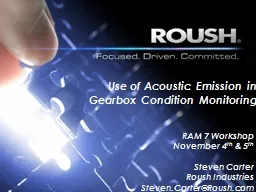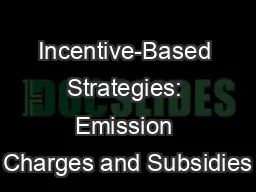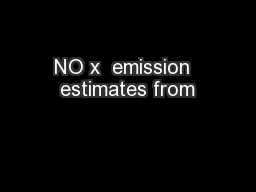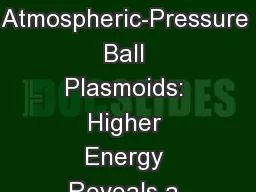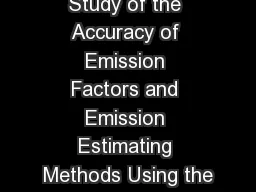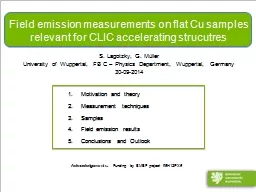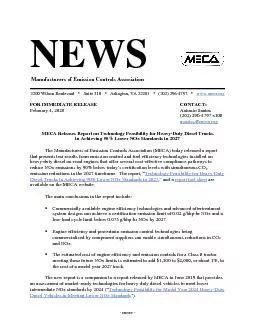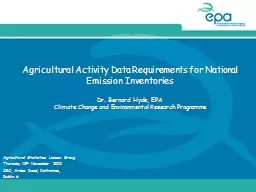PPT-Emission Control
Author : ellena-manuel | Published Date : 2017-07-30
Diagnosis and Service Objectives Diagnose engine performance problems caused by improper EGR operation Diagnose and service the various types of EGR valves Diagnose
Presentation Embed Code
Download Presentation
Download Presentation The PPT/PDF document "Emission Control" is the property of its rightful owner. Permission is granted to download and print the materials on this website for personal, non-commercial use only, and to display it on your personal computer provided you do not modify the materials and that you retain all copyright notices contained in the materials. By downloading content from our website, you accept the terms of this agreement.
Emission Control: Transcript
Download Rules Of Document
"Emission Control"The content belongs to its owner. You may download and print it for personal use, without modification, and keep all copyright notices. By downloading, you agree to these terms.
Related Documents


